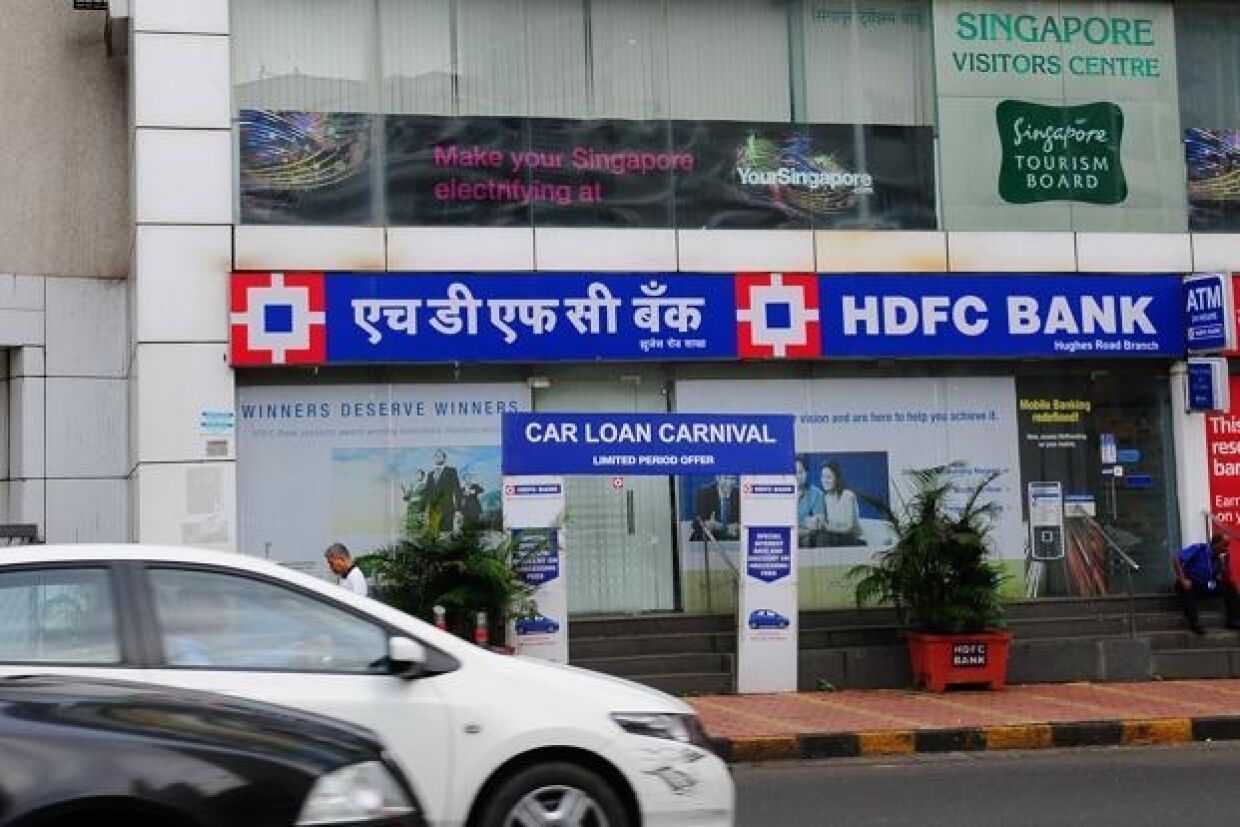Good time to come together

Finally, all rumors have come to a close with the announcement of merger of the mortgage lender Housing Development Finance Corporation (HDFC) into India's largest private sector bank — HDFC Bank Limited. The merger can be seen as realisation of a long-pending speculation into reality — a reality that many waited for a long time. Nearly two decades after the establishment of HDFC in 1977, the mortgage lender floated its banking wing in the name of HDFC Bank whose success thereafter has been an open secret. And now, the history is set to reverse itself with the parent company merging into its own offshoot! Post the merger, the combined balance sheet of the merged entity will stand at nearly Rs 18 trillion and with a net worth of Rs 3.3 trillion — making it the third-largest entity in India in terms of market capitalisation. Furthermore, cross selling of products is expected to give the HDFC Bank an added layer of advantage over other private sector banks. The HDFC, at the same time, is expected to enjoy a lower cost of borrowing and higher investment prospects, among other things. It is needless to say that the process of merger will be time-taking and replete with challenges but the able leadership of the two entities can assure one to be hopeful. Chairman of HDFC, Deepak Parekh, rightly attributed the present merger to "regulatory changes for banks and NBFCs over the past three years" that have minimised the roadblocks. He particularly cited a slew of policy changes initiated by the RBI towards harmonisation of regulations between banks and NBFCs. Traditionally, housing finance companies had relatively lenient regulations around the recognition of bad loans. But the Reserve Bank of India (RBI) recently came with stricter measures, particularly for the upper strata of the NBFCs — probably in the wake of failure of certain housing companies lately. The second enabling measure of the RBI was the one that mandated merged entities to contribute significantly to the cash reserve ratio (CRR), statutory liquidity ratio (SLR) and priority sector lending. Also, the interest rates have come down drastically to 3-4 per cent range, thereby reducing the drag on HDFC bank. With these provisions in place, the coming together of the two entities could not just be a viable but also a profitable proposition. The merger of HDFC and HDFC bank had also been held back for a long time due to leadership issues. Aditya Puri, the initial CEO of the HDFC bank, was known to be averse to the merger proposition, and rather focused on the performance parameter. Now that Aditya Puri is no more into the business, and Deepak Parekh and Keki Mistry of HDFC are approaching the autumn of their career, the leadership of the merged entity may well land into the hands of new leaders — with an altogether new vision and approach. The merger process, which is expected to take 12-18 months, will not be an easy exercise for the bigger HDFC bank, as it will have to bear additional costs. Analyst Macquarie has projected that the HDFC bank will have to pay around Rs 70,000-80,000 crore in SLR and CRR. Further, under the priority sector lending, the bank will have to lend 40 per cent of their adjusted net bank credit to targeted segments like MSME, agriculture, renewable energy, education etc. Leaderships of both the entities have exuded confidence that they will successfully cross these hurdles, and there should be no doubting that. Also, it must be remembered that these challenges come with massive opportunities. The HDFC bank, after the merger, will stand a chance to attract a large number of HDFC customers who, until now, may have been banking with other lenders. The intent is clearly visible as Parekh says, "the merger will not only strengthen the entity against competitors but will also make its mortgage offering competitive." While some may believe that the merger has come after a considerable delay, others see it as striking of the hammer when the metal was red hot. In any case, for the present, the merger appears to be a win-win situation for both the entities.



